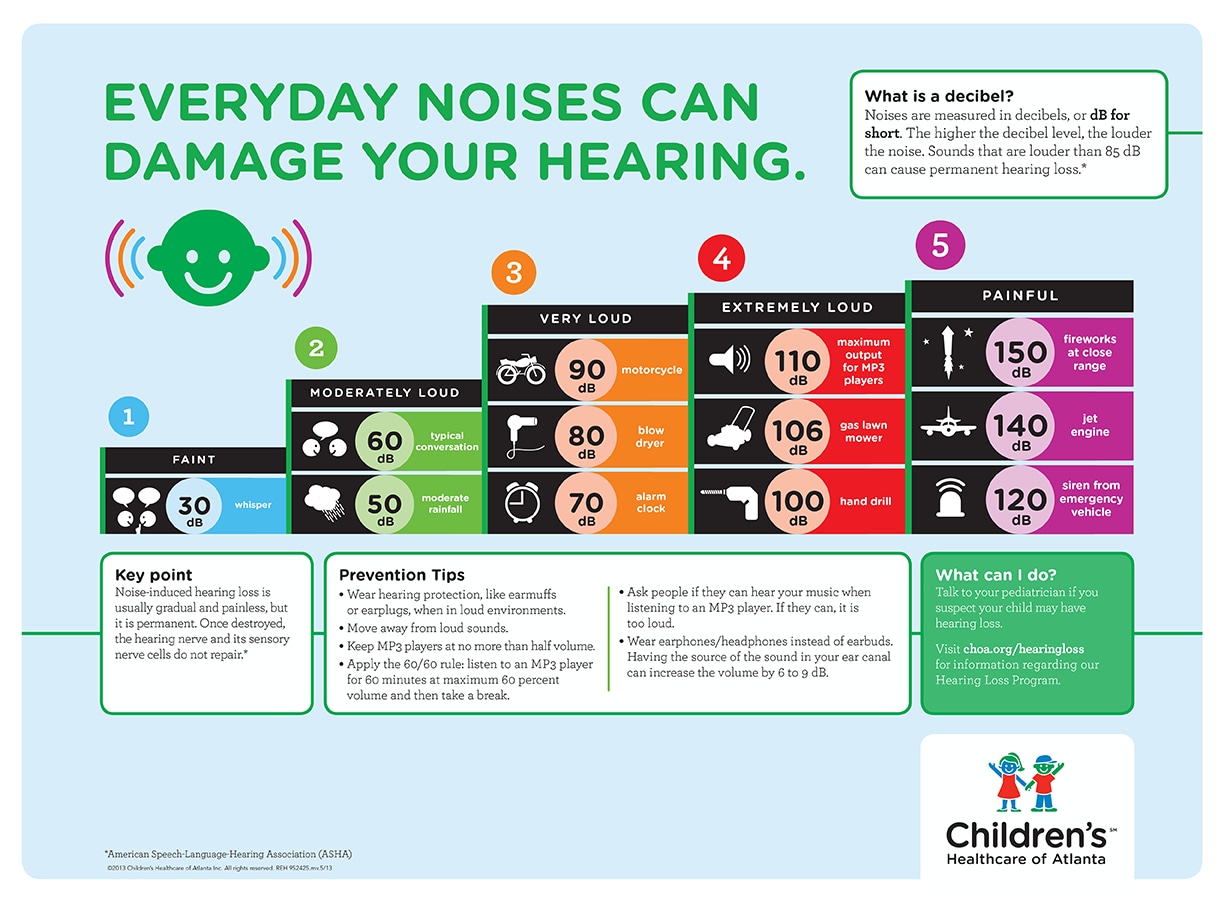Dyslexia Tutoring: Techniques And Methods For Reliable Learning
Dyslexia Tutoring: Techniques And Methods For Reliable Learning
Blog Article
Short Article Writer-Bossen Blankenship
If you're working with a pupil that has dyslexia, you recognize just how critical it is to embrace the right techniques. Customizing your strategy to fit their one-of-a-kind demands can make a considerable distinction in their learning journey. By integrating multisensory techniques and organized proficiency programs, you can help them construct crucial abilities. But what particular techniques can you implement to genuinely cultivate their confidence and development? Let's discover these effective approaches with each other.
Understanding Dyslexia and Its Influence On Knowing
Recognizing dyslexia is essential due to the fact that it impacts exactly how individuals find out and process info. If you or somebody you know has dyslexia, you'll observe obstacles with analysis, spelling, and composing. This isn't a reflection of knowledge; it's about exactly how the brain analyzes language.
You might battle with phonemic understanding, making it hard to connect sounds to letters. This can bring about aggravation and reduced self-confidence in academic settings. Recognizing these patterns is necessary for creating helpful discovering experiences.
You'll find that very early treatment and customized strategies can dramatically boost end results. By understanding the unique ways dyslexia effects finding out, you can promote an extra inclusive atmosphere, assisting those impacted thrive and recognize their full capacity.
Effective Tutoring Approaches for Dyslexic Students
Recognizing the difficulties dyslexic trainees encounter unlocks to efficient tutoring methods that can make a genuine distinction in their learning journey.
First, utilize multisensory strategies; integrate visual, auditory, and kinesthetic techniques to engage them fully. Integrate structured literacy programs, concentrating on phonics, phonemic awareness, and vocabulary.
Break down act test prep classes into smaller, convenient steps to avoid overwhelming them. Motivate regular practice and rep, enhancing knowing without disappointment. Use positive reinforcement to increase their self-confidence and motivation.
Dressmaker your methods to their distinct toughness, and hold your horses as they advance. Last but not least, maintain open interaction with moms and dads to sustain their discovering in the house.
Developing a Helpful Understanding Atmosphere
Developing a helpful discovering atmosphere is crucial for assisting dyslexic pupils flourish. Begin by guaranteeing the space is quiet and free from distractions, allowing them to focus totally on their tasks.
Usage flexible seating setups that promote convenience and interaction. Integrate japanese tutoring near me and hands-on products to strengthen finding out ideas, catering to their unique handling styles.
Motivate open communication, so trainees feel secure sharing their battles and requesting for assistance. Commemorate their successes, regardless of just how little, to increase their confidence.
Develop a routine to offer structure, which can reduce anxiety. Finally, foster collaboration with peers, as social interaction can boost knowing and offer emotional support.
Your initiatives will create a nurturing atmosphere that advertises growth and resilience.
Final thought
In conclusion, successfully coaching a dyslexic student requires a blend of understanding, customized techniques, and an encouraging setting. By utilizing multisensory strategies and organized literacy programs, you can help strengthen essential abilities and enhance self-confidence. Remember to maintain interaction open, break tasks right into smaller sized steps, and commemorate development, no matter exactly how tiny. With your dedication and the ideal method, you can make a substantial distinction in their academic trip and total wellness.
